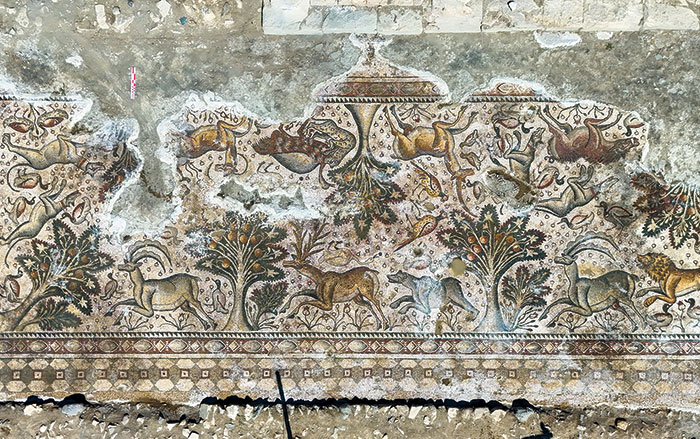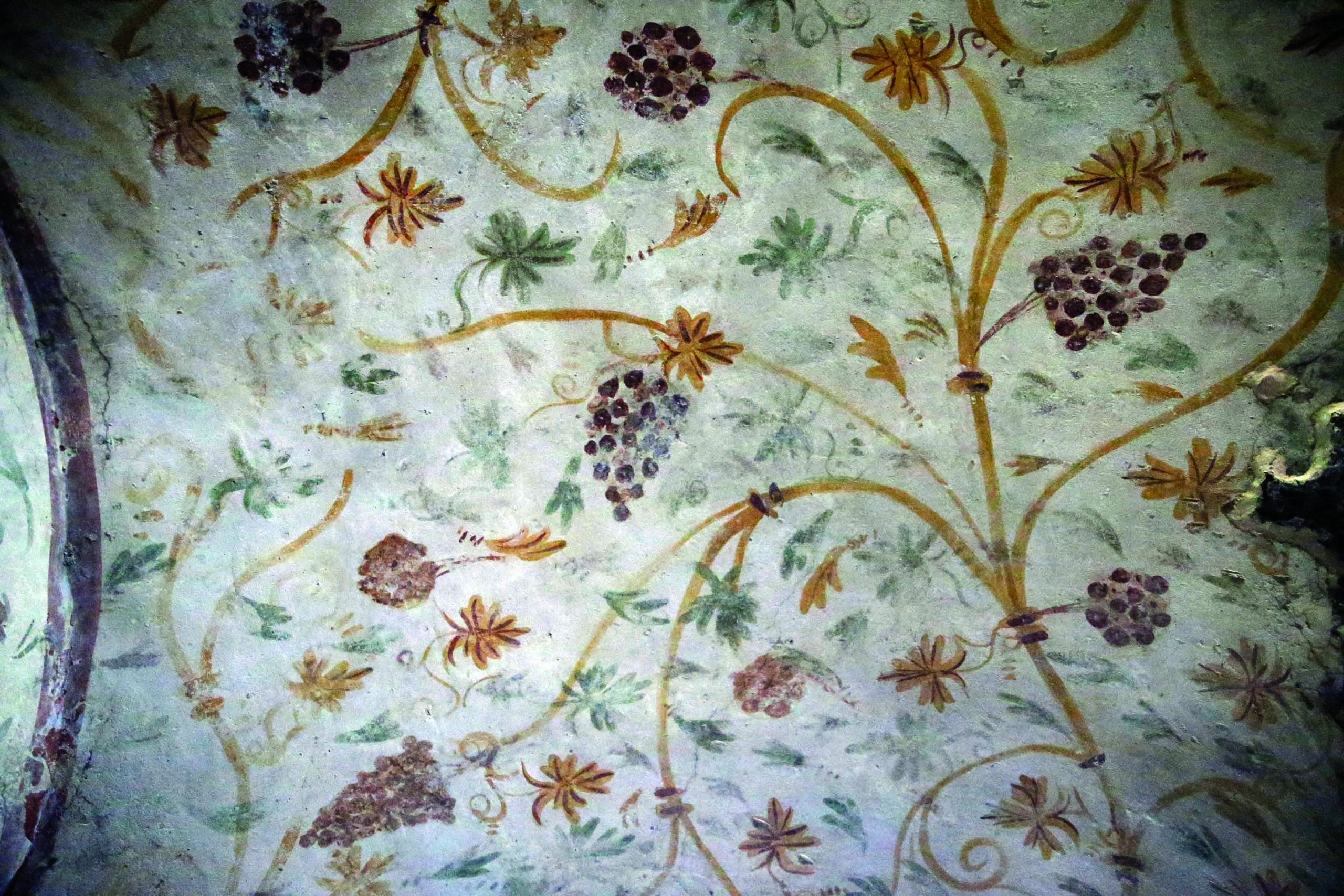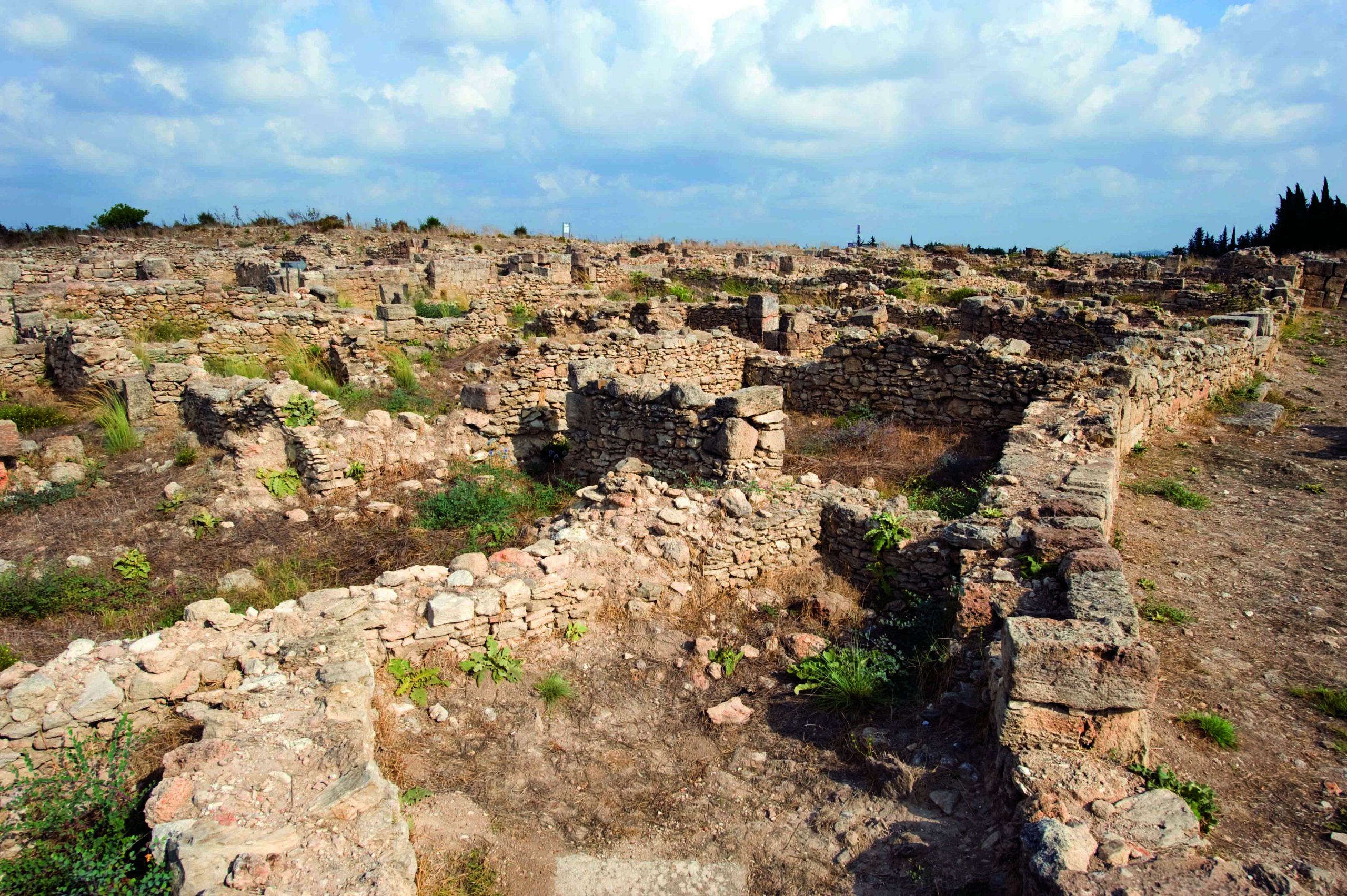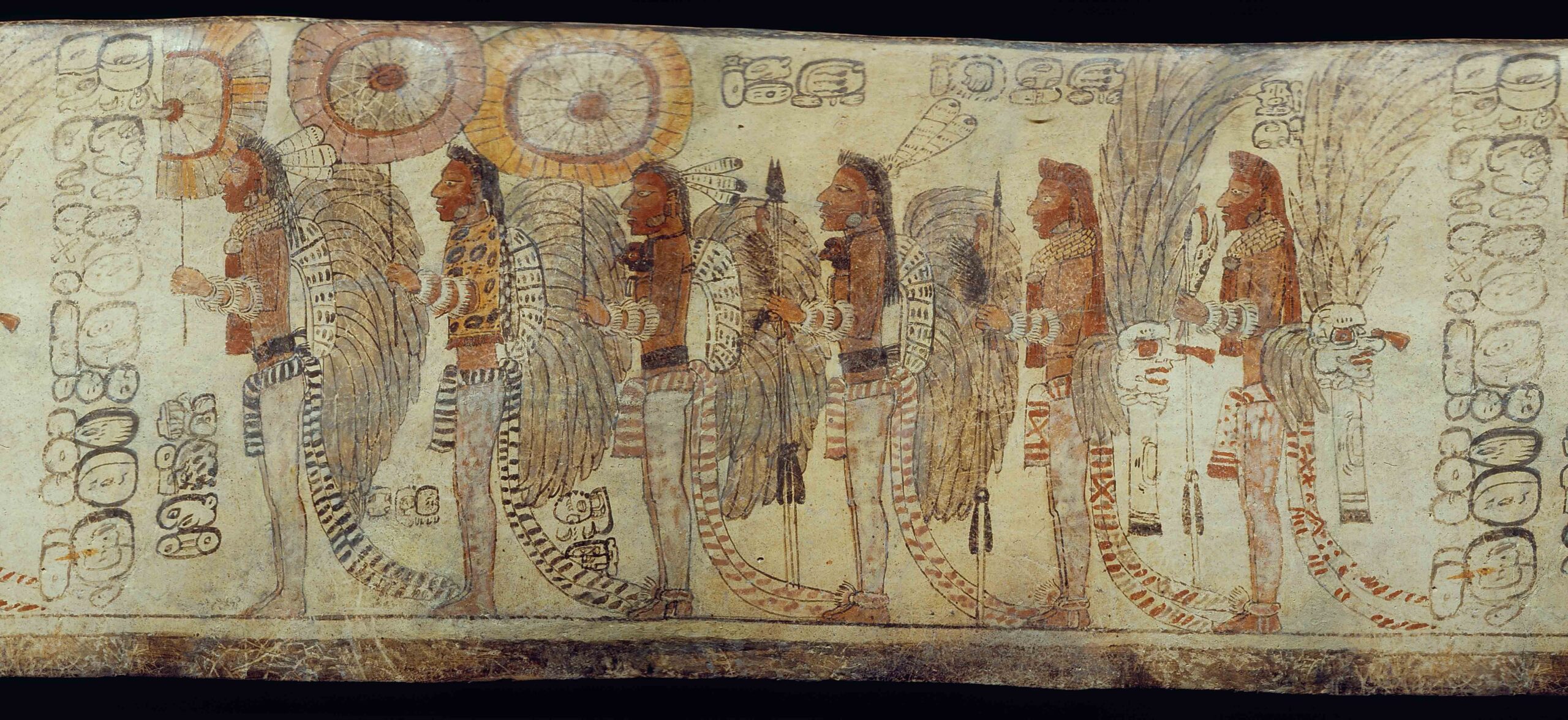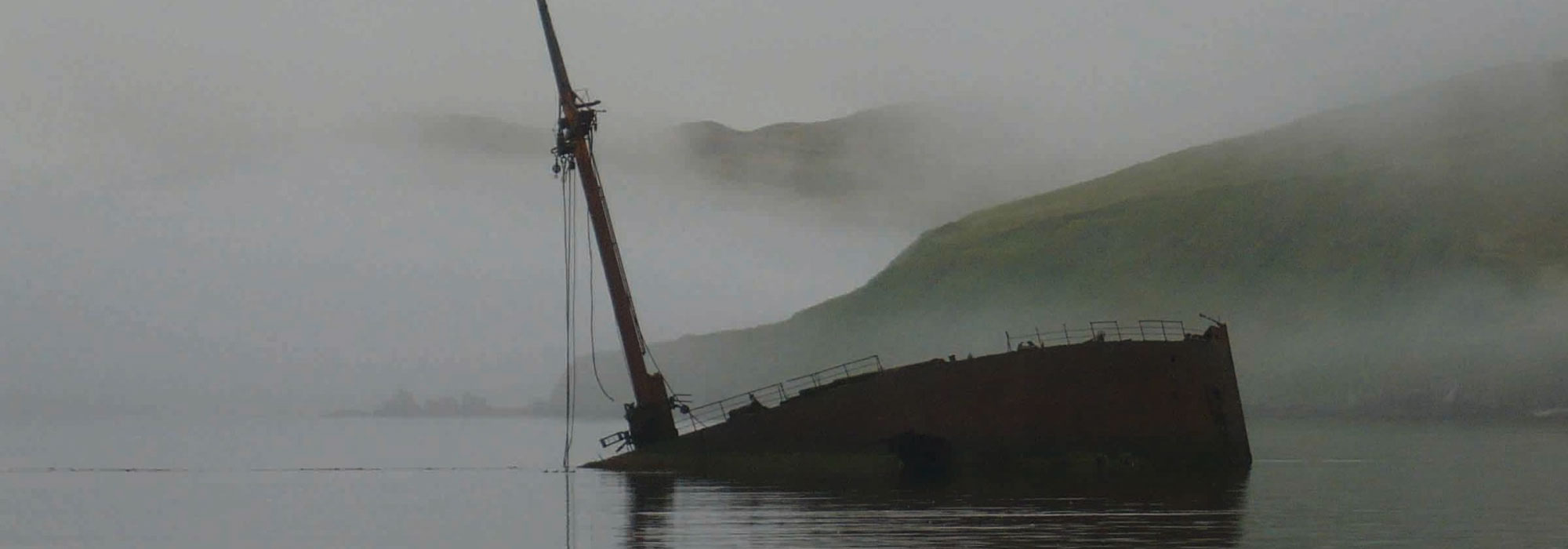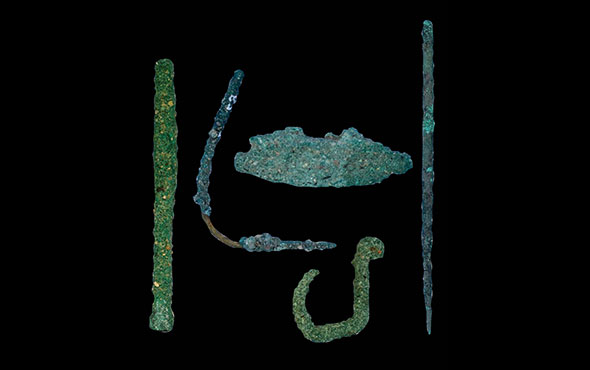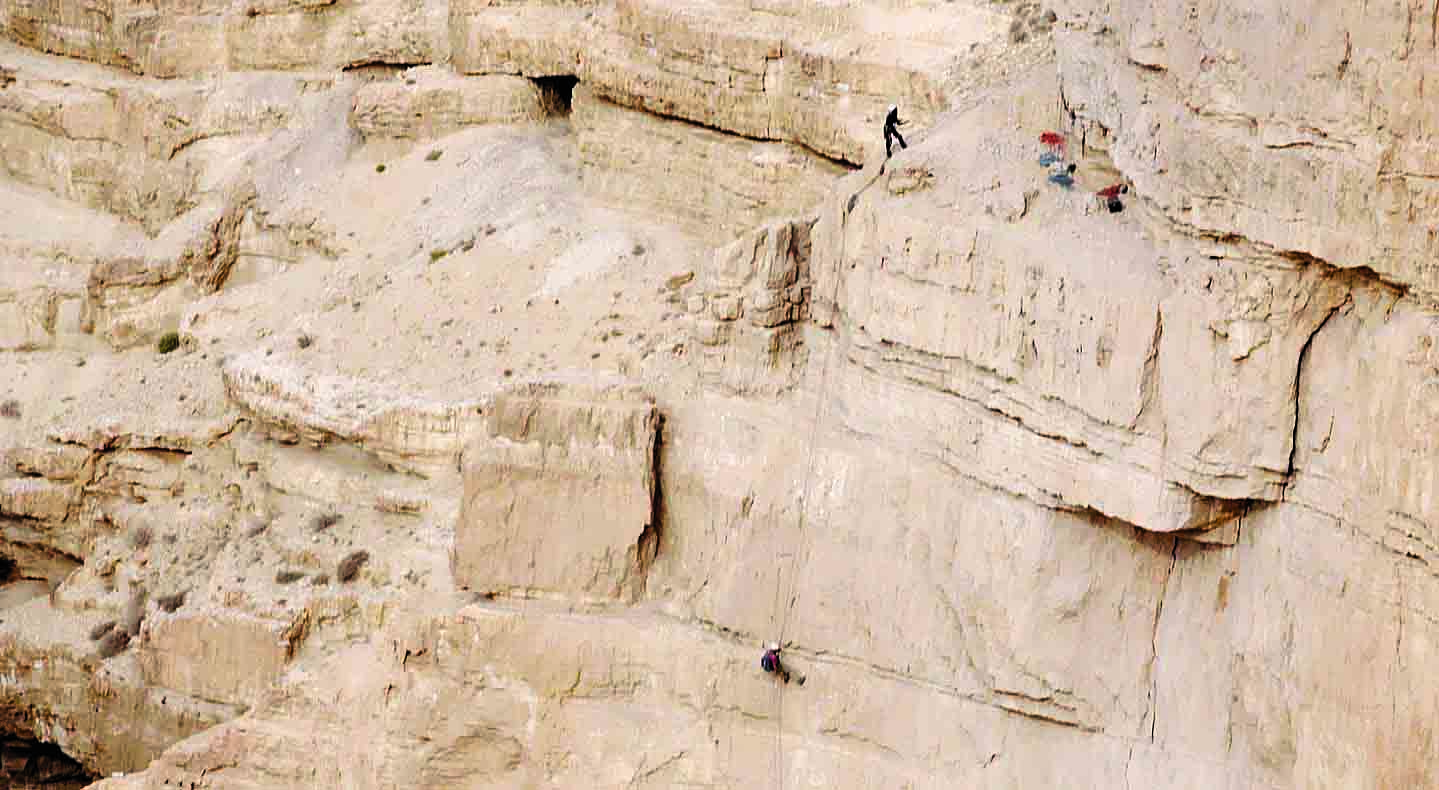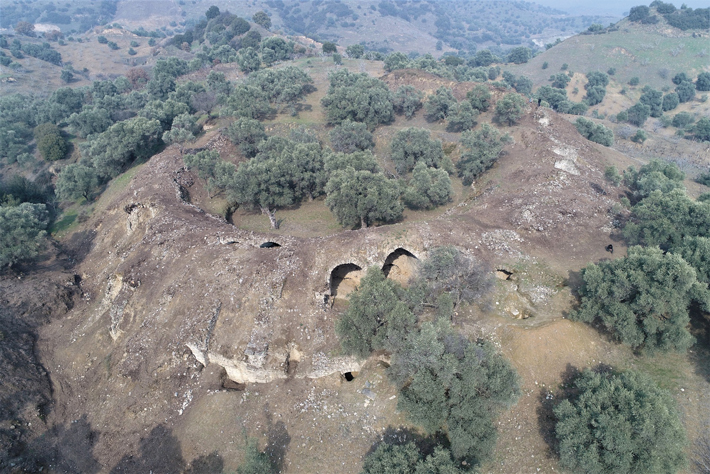

During a survey of the ancient city of Mastaura in western Turkey, archaeologists happened upon the stone arches and seats of a large Roman amphitheater, most of which remains underground. Archaeologists Sedat Akkurnaz of Adnan Menderes University and Mehmet Umut Tuncer of the Aydın Provincial Directorate of Culture and Tourism think the arena was built around A.D. 200, when the city flourished under the largesse of the Severan emperors, who ruled from A.D. 193 to 235. With an estimated seating capacity of 15,000 to 20,000 people, the amphitheater was one of the only such grand structures in Anatolia, the researchers say. It probably attracted spectators from nearby cities for the bloody gladiator bouts and wild animal fights that took place there. As at the famed Colosseum in Rome, rooms beneath the building’s outer walls likely served as waiting areas for combatants and private entertainment spaces for elite audience members.




